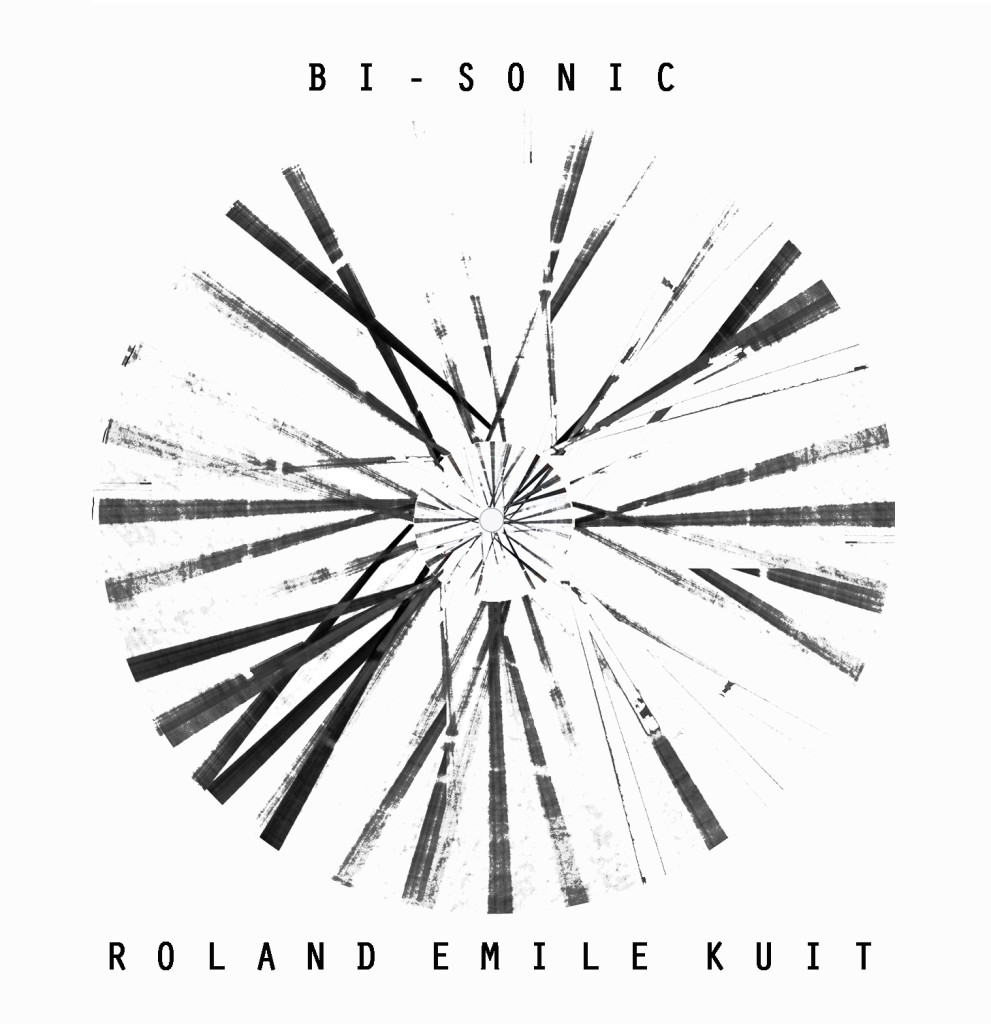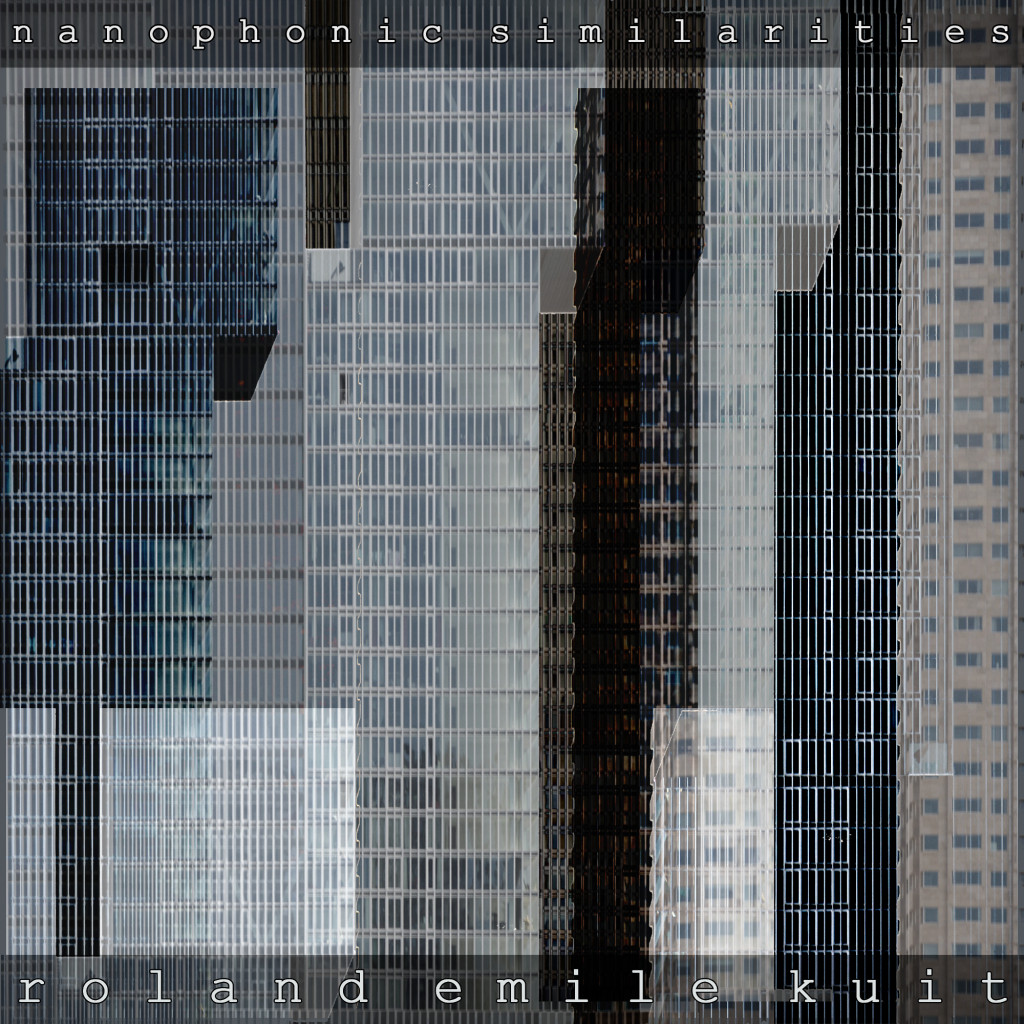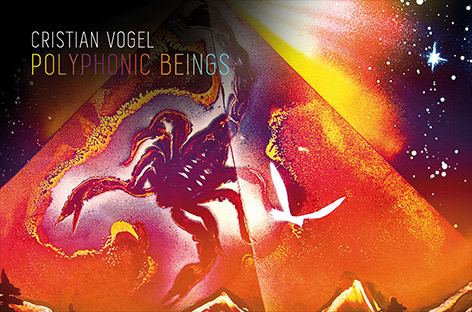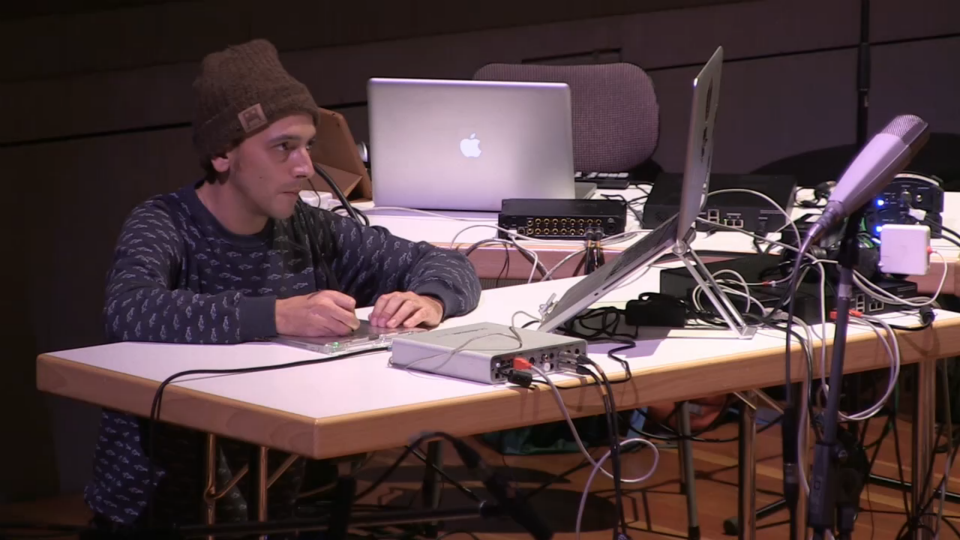Over the course of 2020/21, composers and performers have been adapting to the constraints of the pandemic in various ways and inventing new paradigms for live musical performance. Composer Vincenzo Gualtieri has chosen to focus on one of the essential aspects of making music together: attentive and reciprocal listening.
Gualtieri’s work can now be heard on a new album: the (BTF) project, released on EMA Vinci Records: https://www.emavinci.it/lec/archives/1482.
“BTF†stands for feed-back to feed-forward, because of the extensive use of feedback principles in this work. In a deeper sense, though, BTF also stands for looking back to move forward.
Based on the premise of attentive and reciprocal listening, there is, in (BTF), an encounter between “electronic sounds” (processed in real time) and “acoustic soundsâ€. This interaction takes place within an environment of self-regulated feedback. The DSP system responsible for the digital treatment of sound metaphorically “listens” not only to the external acoustic energy state but also to its own own internal states. The same is required of the musical instrument performer.
 As Gualtieri puts it, “Sound-producing systems – human and machine – create networks of circularly causal relationships and chains of self-generating (self-poietic processes), mutually co-determining sound events.”
As Gualtieri puts it, “Sound-producing systems – human and machine – create networks of circularly causal relationships and chains of self-generating (self-poietic processes), mutually co-determining sound events.”
Composing in this way requires an adaptation, a paradigm shift. If the digital processing of sound is linked to the acoustic properties of the environment, the quantity (and quality) of the generated sound events is no longer entirely predictable. Therefore the musical score asks the performer to take into account both the performance instructions and, at the same time, to continuously listen to the product of electronic processing and be freely influenced by it.
For (BTF) 1-4, Gaultieri worked in tandem with other musicians, with the composer managing live-electronics. Starting with (BTF) -5, he decided to perform the acoustic instruments himself. So, from (BTF) -5, onward, Gualtieri has automated the entire DSP process, resulting in two types of sound events: one managed by the digital system responsible for electronic processing (Kyma) and the other guided by music notation or word processing.
Capturing the spirit of invention inspired (and compelled) by worldwide lockdowns and isolation, Gualtieri writes:
La temporanea rinuncia a collaborare con altri musicisti mi ha permesso di concentrarmi diversamente
sull’esplorazione sonora e le sue forme organizzative.
– V. Gualtieri
(In English: “Temporarily giving up on collaborating with other musicians allowed me to focus differently
on sound exploration and its organizational forms.”)
An inspiring manifesto for what has and continues to be a challenging time for composers and performers worldwide.












